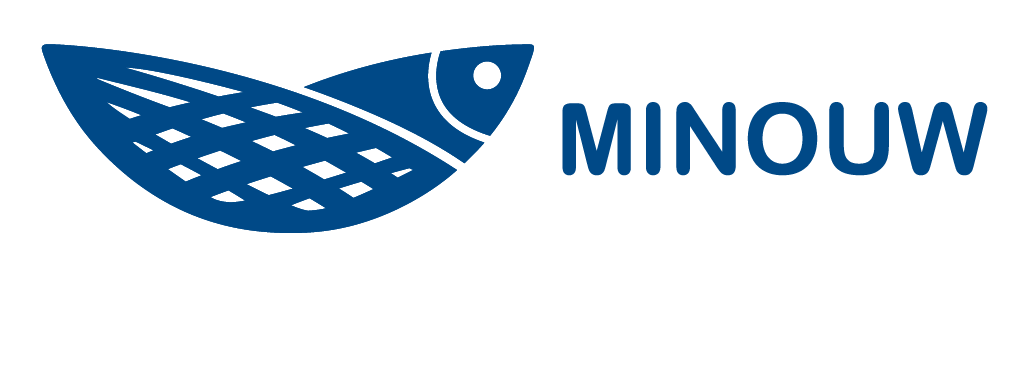Fisherman in Norway have been using an improved trawling technique to reduce discards for 20 years. The MINOUW project is working with them and their Southern European peers to adapt the technique for the Mediterranean.
Of all fishing techniques used across European Fisheries, trawling dominates the sector economically. However, traditional bottom trawling is frequently criticised for its ‘low selectivity’ (it is not effective at selecting target species), and for being one of the primary sources of discards.
However, bycatches and discards can be minimized by making modifications to the trawling net, such as using a square mesh ‘codend’ or a sorting grid. For the past 20 years fishermen in the south of Norway have used a sorting grid to release unwanted fish when trawling for shrimps.
Sorting grid brings big improvement
The use of a specially-designed metal grid at the end of the trawl net greatly reduces the amount of unwanted catch.
The target species (shrimps) slip through the gaps in the grid and are caught in the end of the net. Fish and other marine organisms flow over the grid and out of a gap in the net above.
This system has reduced by-catches by more than 95% on average.

“We have to work together, all of us, for a good future for the fisheries”
Frank, Norway
MINOUW: transferring techniques for wider benefits
The idea of using a grid to reduce discards in trawling has been well known for many years. The technique has been tested in the Mediterranean before, but the grids are bulky and difficult to use on the small vessels that make up the majority of the fishing fleets in the region. The MINOUW project is adapting and testing this technique for use in Mediterranean fisheries - making it smaller, and therefore more practical and usable.
Bottom trawling is the biggest fishery in the Mediterranean, and of huge economic value. If this technique can be transferred successfully it could bring significant benefits, both improving efficiency and reducing environmental impact.



